IN THIS ARTICLE
Moms learn pretty quickly that babies are born with a strong natural instinct to suck. Sucking is important in ways beyond feeding, as it helps the development of the nervous system and teaches babies about temperature and texture. Using a pacifier also helps soothe a baby, but a child cannot use a pacifier forever, as it can eventually lead to dependence and dental problems.
So, deciding on when to stop using a pacifier does not have to be a mystery. Experts share some tips about when and how to wean baby from the binky.
Pacifier pros and cons
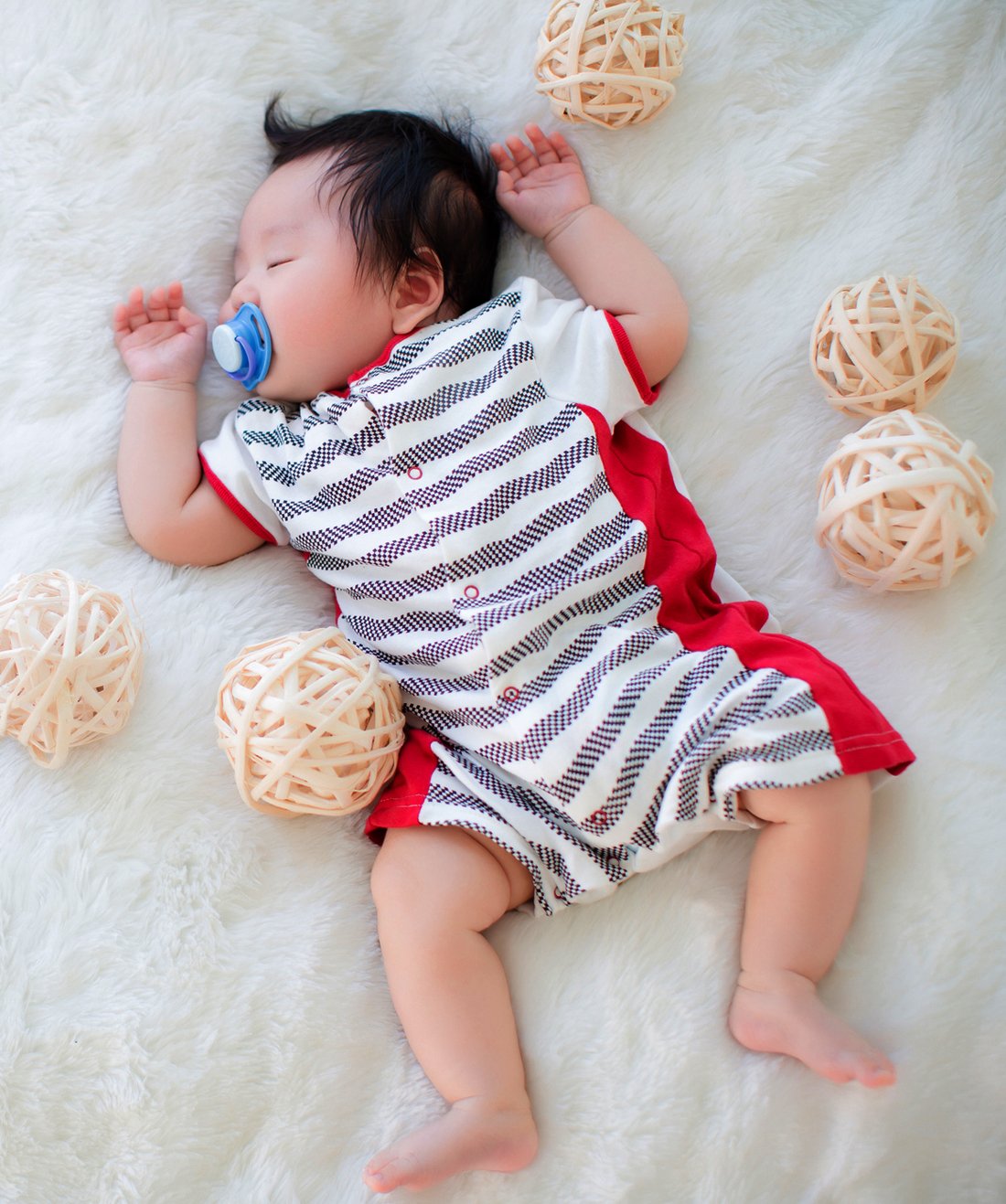
Beyond soothing, pacifiers have great benefits.
- SIDS prevention: Sucking on a pacifier while napping or sleeping can help prevent SIDS.
- Distraction: The act of sucking helps distract babies from what might be bothering them.
- Soothe: The pacifier can help babies learn to calm themselves when experiencing discomfort.
- Helps with air travel: Whether flying by plane or driving through higher elevations, a pacifier can help your little one avoid the effects of air pressure changes.
However, pacifiers do have some downsides:
- Dependency: Babies may constantly desire a pacifier and may fuss in order have it.
- Dental Problems: Thumb or pacifier sucking that occurs in the toddler years can lead to teeth misalignment.
- Nipple Confusion: Breastfeeding problems could arise if a pacifier is introduced immediately after birth. Hold off on using a paci until after the first few weeks.
- Ear Infections: An increased chance of ear infections may occur if paciifiers are often used during their toddler years.
How do you know when to wean from the pacifier?
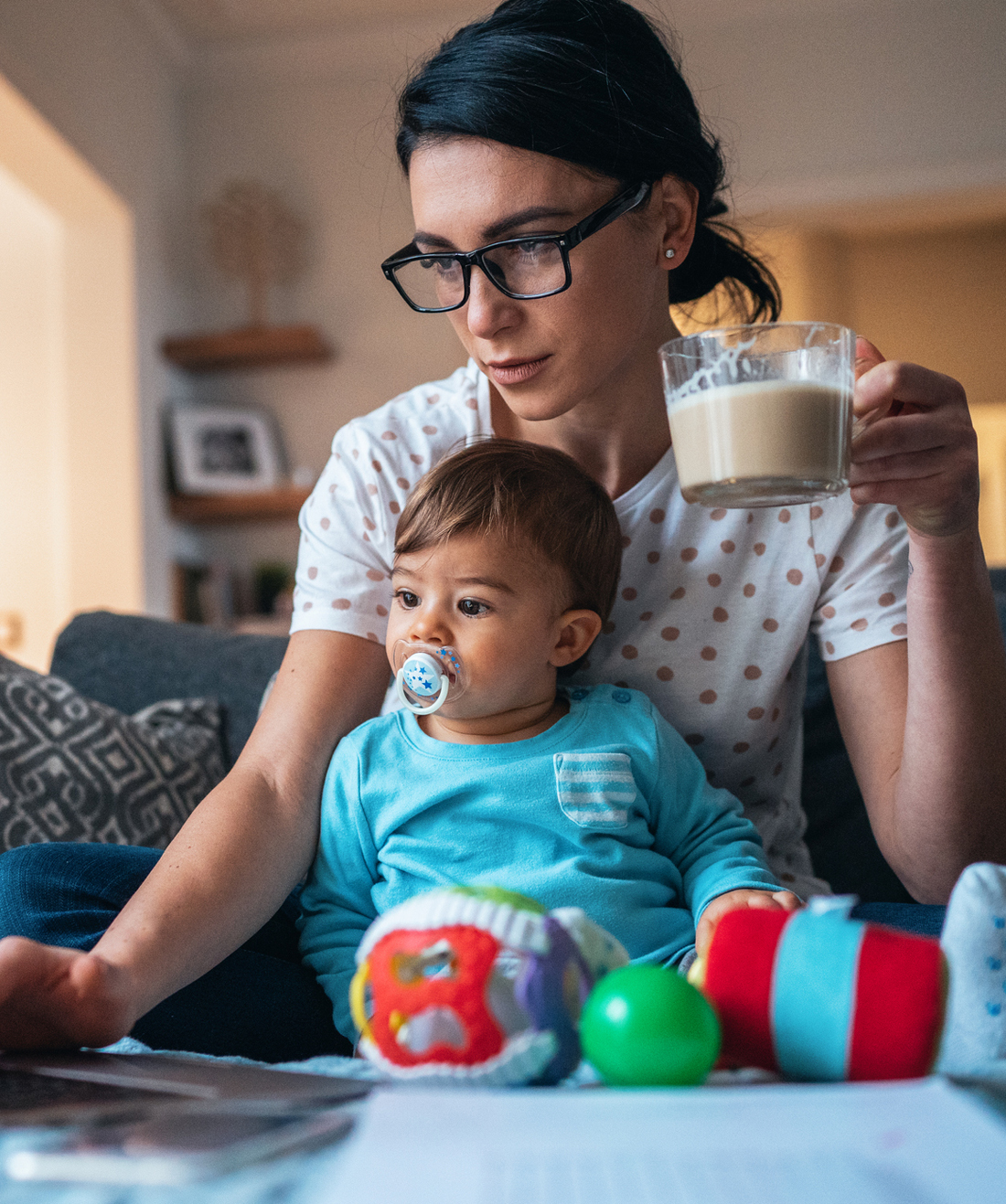
When to wean your child from a pacifier is a subject of intense debate. According to the American Academy of Pediatrics, the time to have your baby stop using their pacifier is between 2 and 4 years old. And even then, the age of 2 maybe a difficult time to wean. The general idea is to wean your baby as early as possible before dependency and any dental problems begin.
Why wean?
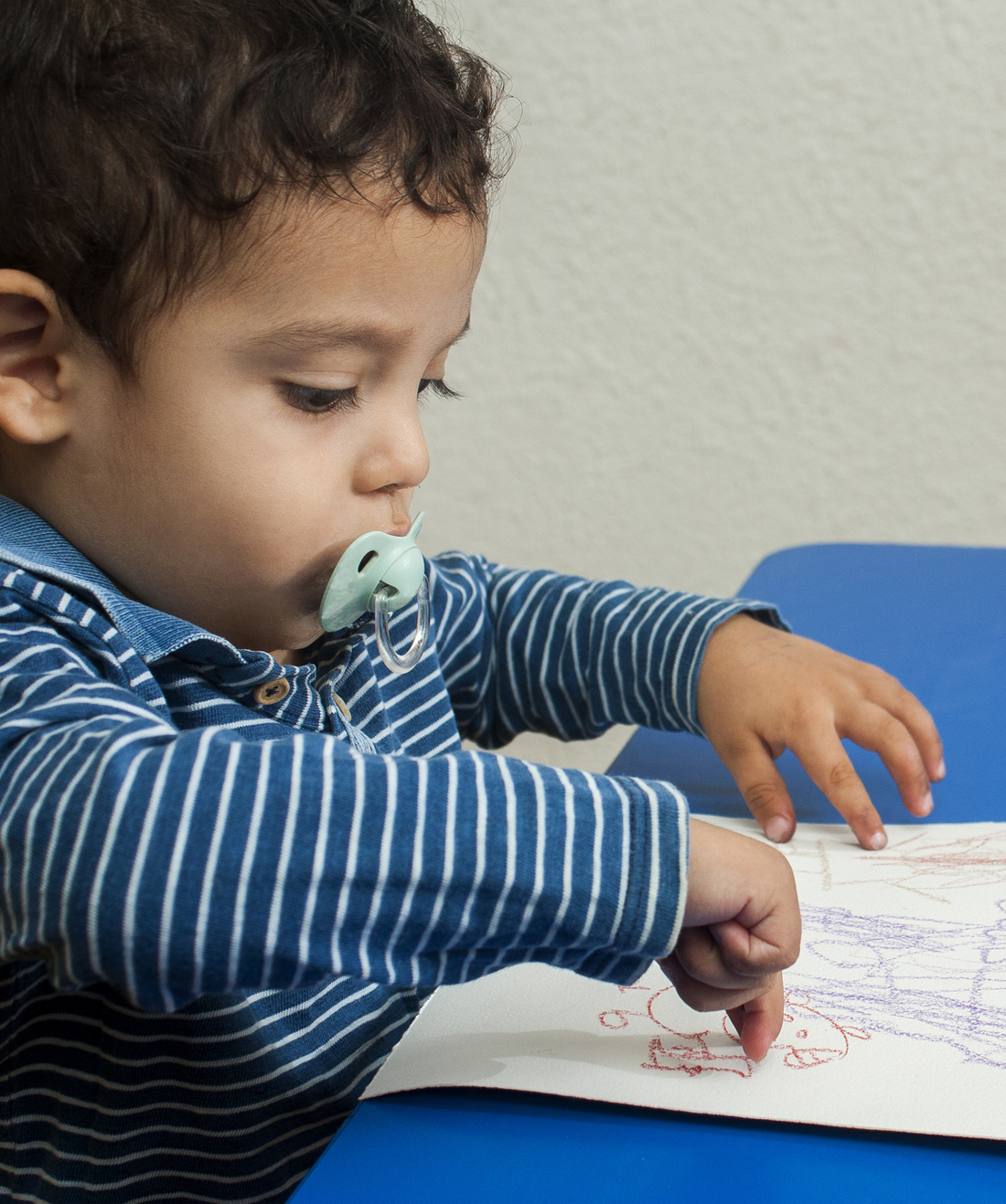
Would it be easier if little ones never had to wean from a pacifier? The truth is that your child’s future dental health is at risk if they are never weaned. “The pacifier can alter the way your child’s jaw develops,” shared Dr. Jason Sherman, D.O., with Cleveland Clinic. Children have soft, malleable bones. Continuous sucking on a daily basis can cause problems, so at some point every child must be weaned.
Weaning is a personal choice
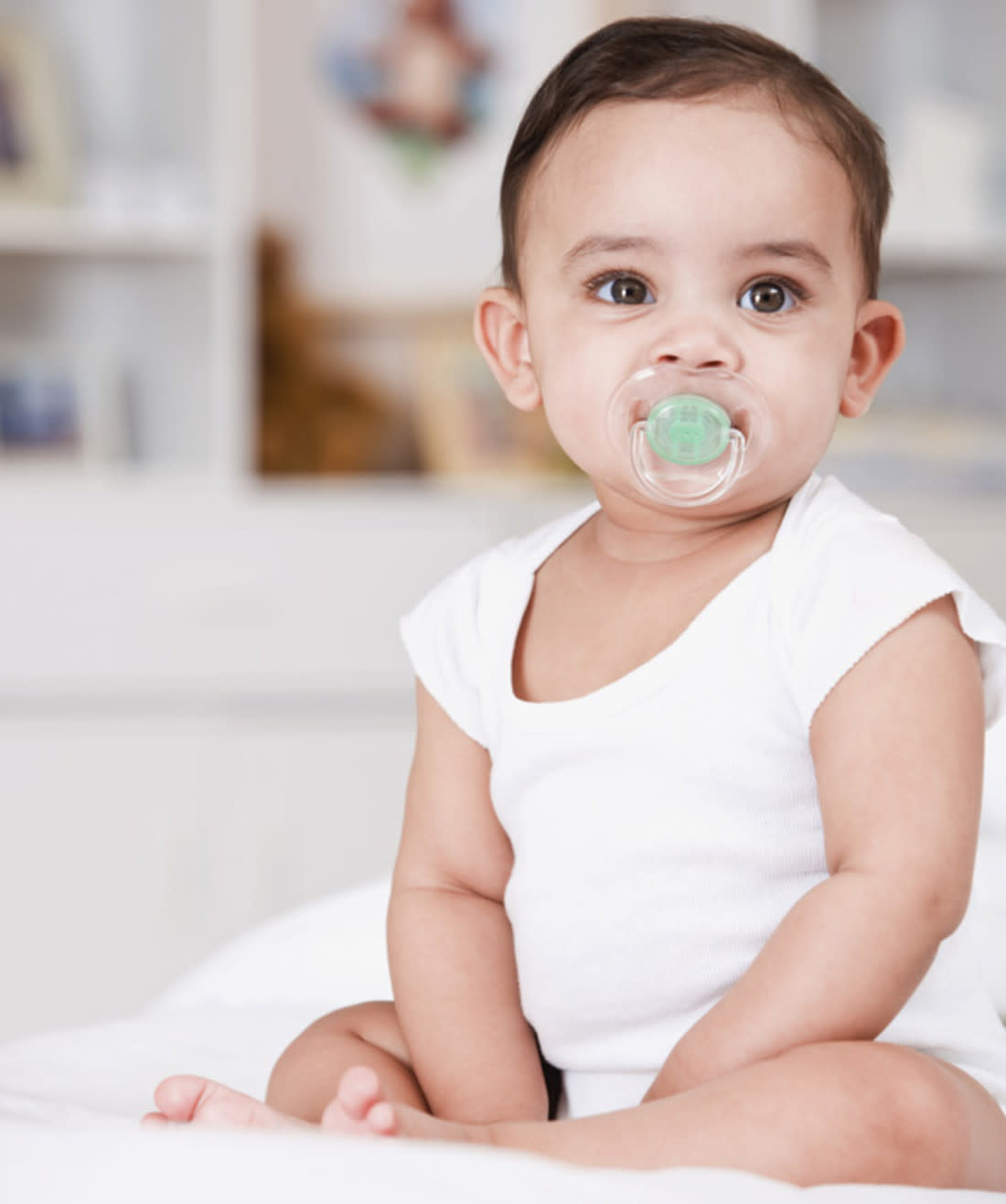
Moms often experience social pressure to wean their baby off a pacifier, but that decision is not for others to make. A mother must find the right time and the right approach that works for them. Otherwise, the transition will not only be difficult for the baby but for the mother as well.
Weaning methods that all parents need to know
An abundance of sleepless nights does not have to be in your future. Check out the methods below, and maybe you'll find one that fits your style to help your baby transition from the pacifier.
Going cold turkey
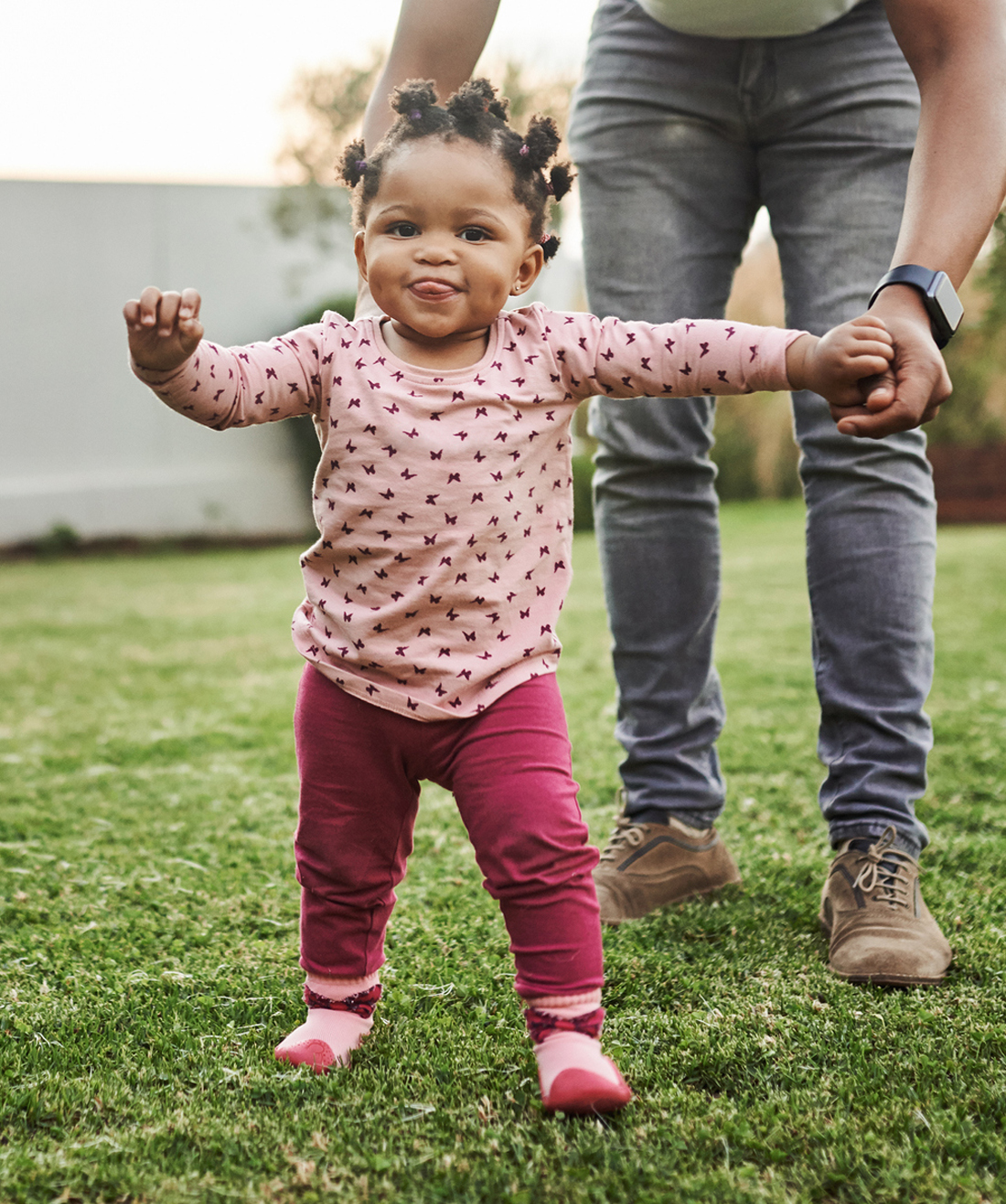
Parents might be surprised at what might result from an abrupt ending. “Naps were a little rough for about a week, but other than that, she was fine,” mom Anne Meade told The New York Times about how she and her wife weaned their daughter from her pacifier cold turkey. Discomfort will be there no matter what, but know that it is only a transitional period.
From pacifier to security object
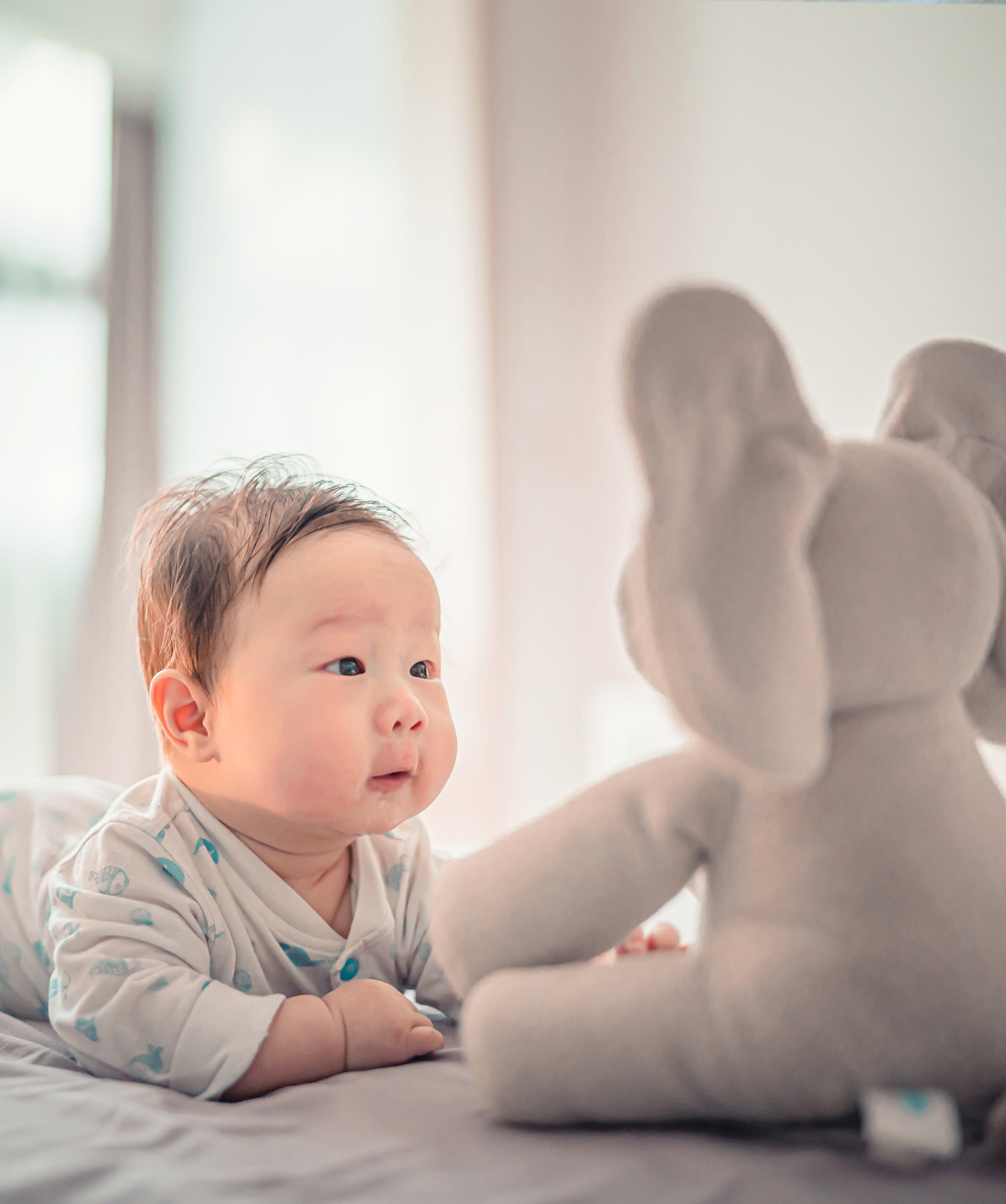
If your child is older or has already become attached to their pacifier, you can try replacing the pacifier with another security object, like a stuffed animal. Be patient with your child while they're going through this transition — they just lost their favorite security object. If your child cries while lying down for ther nap, place the new item right next to them.
When to avoid weaning

Weaning your child from a pacifier after they've developed object awareness is generally a recipe for stress on everyone. “It’s much harder to get rid of things like pacifiers after a year," warned Dr. Lori Feldman-Winter when speaking to The New York Times. Avoid this attachment period, and wean early. Don't make it any more difficult than it needs to be.
When to use a pacifier
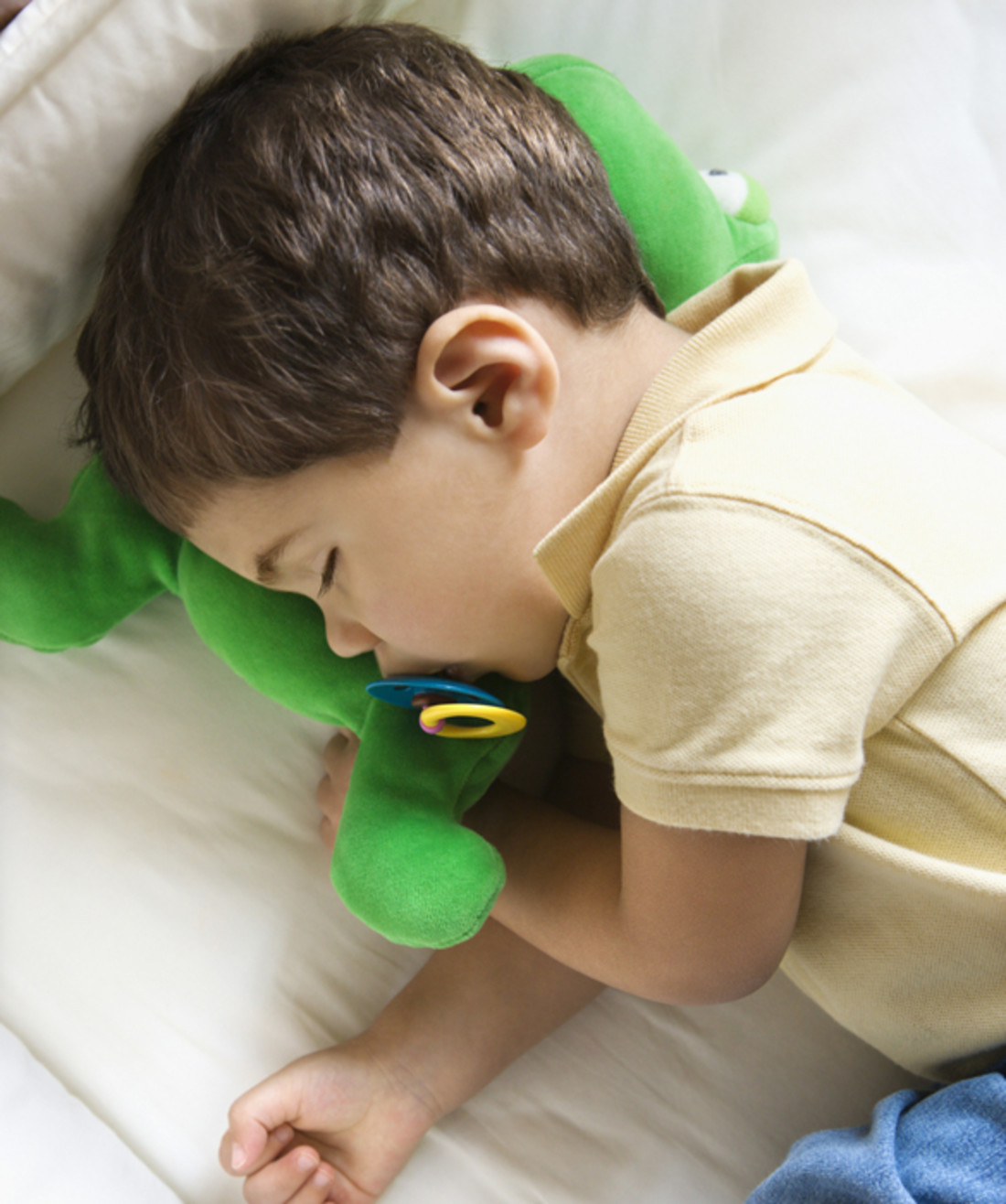
If you want to gently ease your child from the pacifier, try using it only during naps and bedtime. “The pacifier should only be used on an as-needed basis,” Dr. Sherman told the Cleveland Clinic. Limiting the use of a pacifier to nap and bedtime will reduce a baby’s dependency on it during the daytime, and will help them transition to not using a pacifier altogether.
Don't use as a crutch
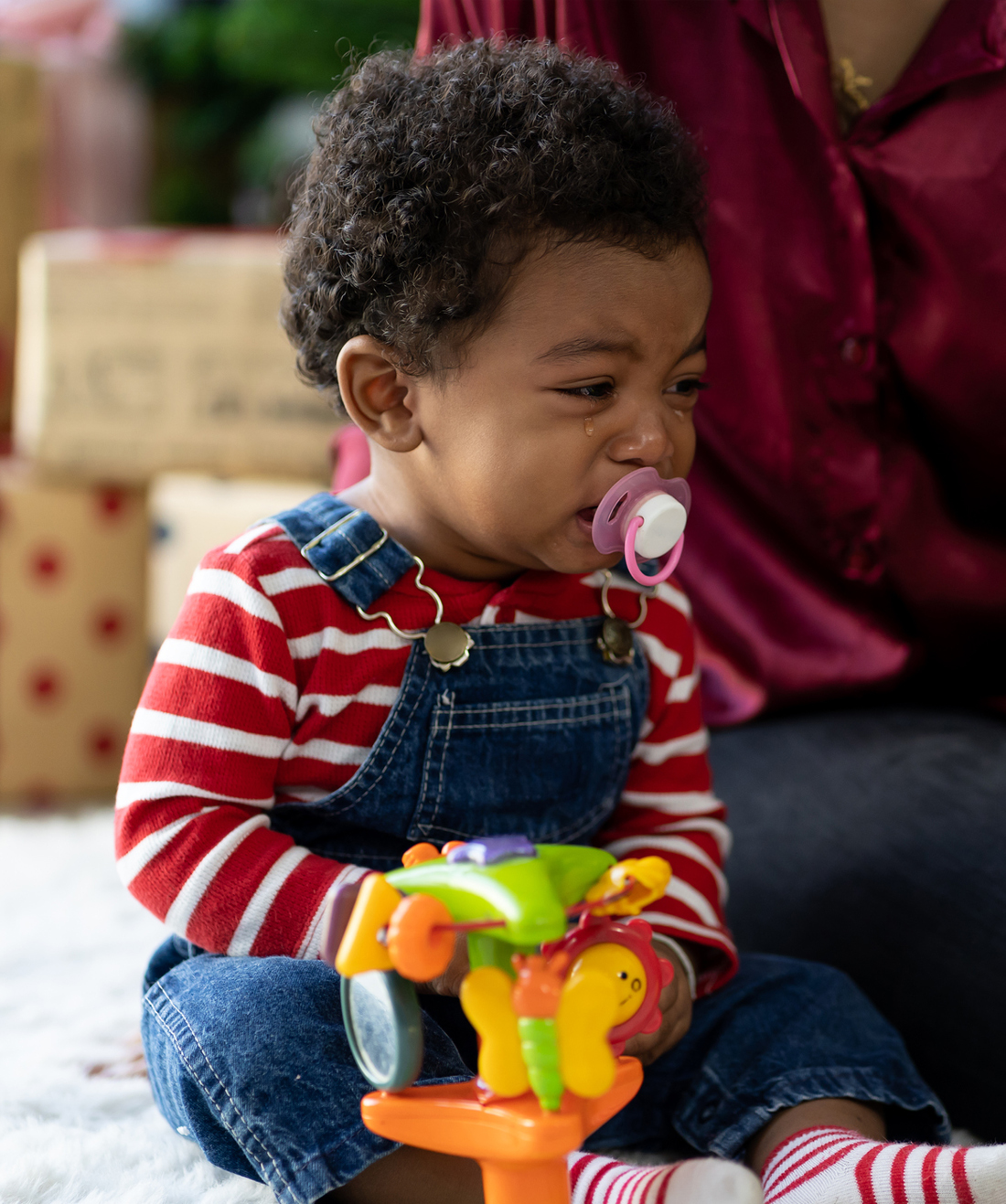
Avoid using the pacifier as a crutch for every problem, or your child will always look to it for comfort. "Don't make sucking the answer to every little frustration, or weaning will be more difficult," cautioned Dr. Harvey Karp, author of the Happiest Toddler on the Block. While you can give your child a pacifier for naps or when the urge to suck is strong, you should also look for other options. "Leave your child with daily opportunities to find other methods of self-soothing," said Karp.
The Pacifier Fairy
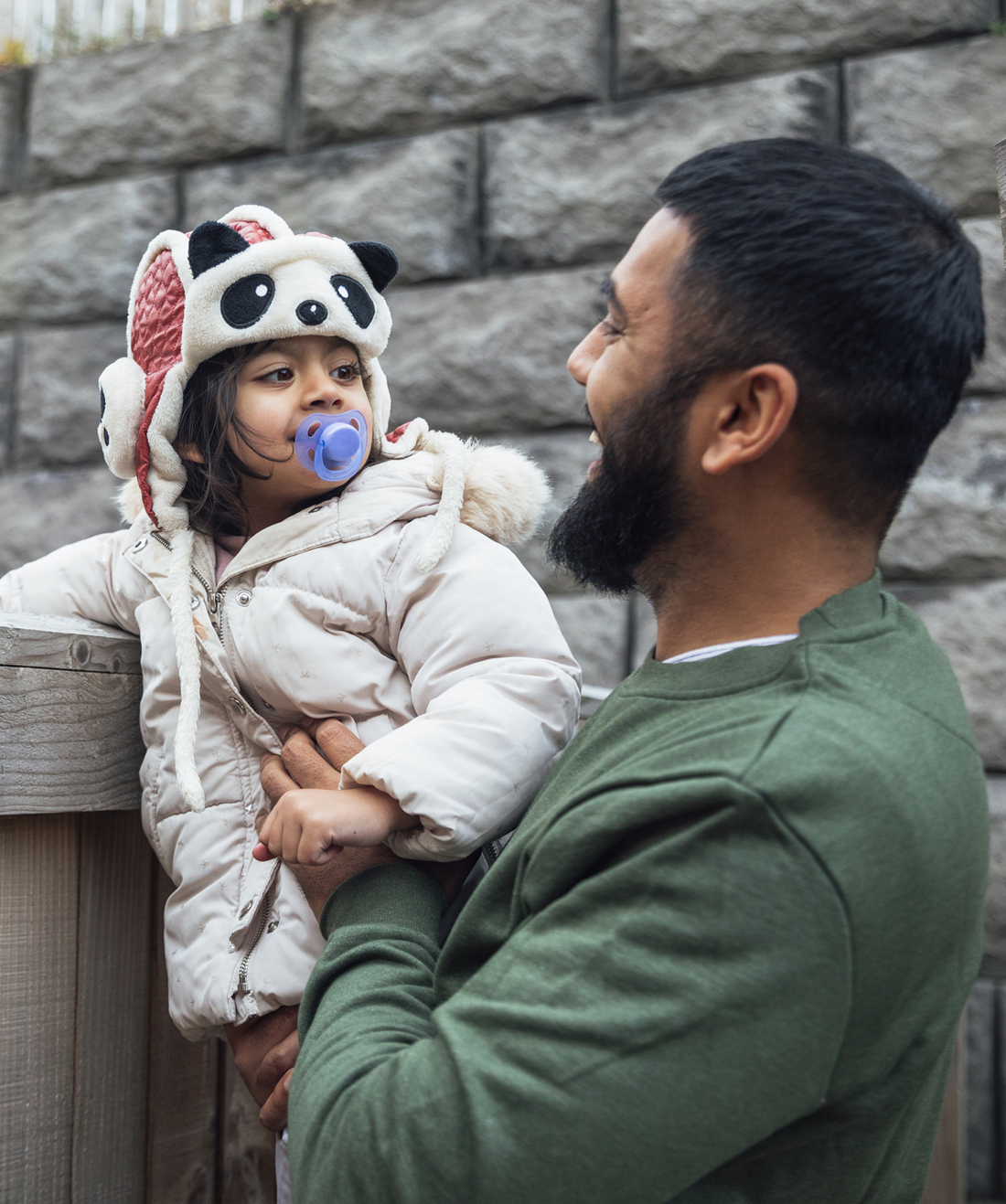
One interactive way to wean an older toddler from the pacifier is by using a "pacifier fairy." Tell your toddler about the “pacifier fairy” or the “binky fairy” that takes a baby’s paci to another baby that needs it. This tale can even become a pacifier party and a sweet send-off can help your toddler say goodbye.




